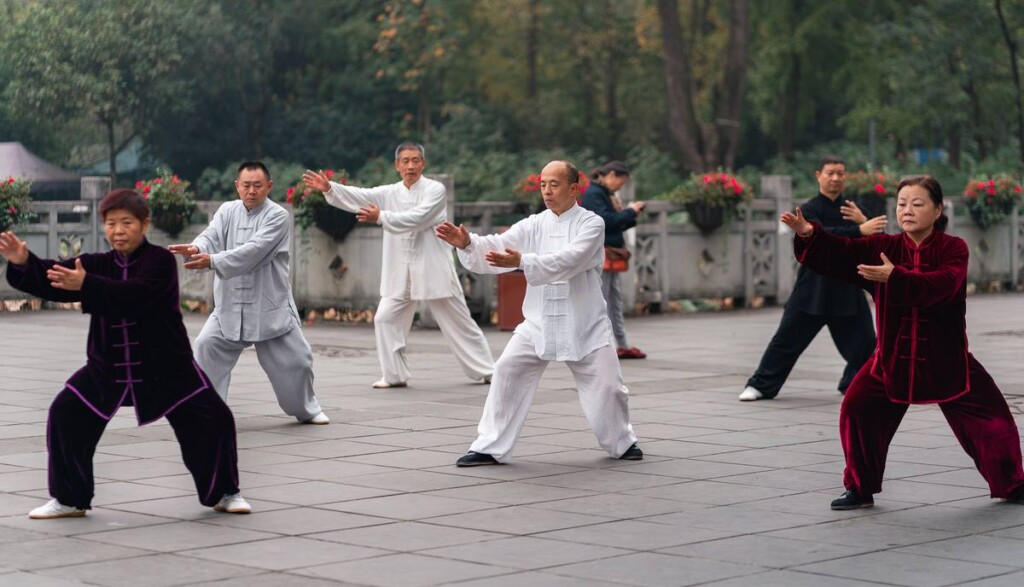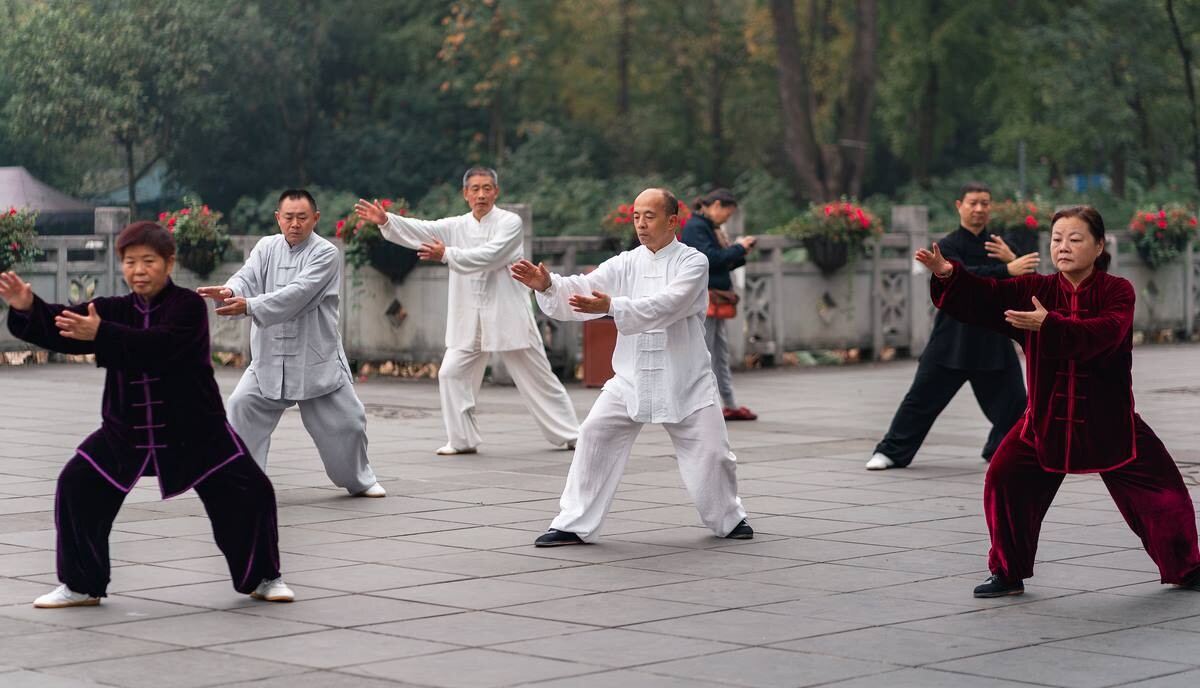
Tai Chi, a traditional Chinese martial art involving sequences of slow controlled movements meant to cultivate one of the three kinds of vital energy, called qi, was found to slow the progression of Parkinson’s disorder in 147 seniors.
Patients who already had the debilitating disorder and who took up Tai Chi also needed lower doses of the required drugs, according to the findings published by the BMJ Journal of Neurology Neurosurgery and Psychiatry.
The disease, characterized by slowness of movement, resting tremors, plus stiff and inflexible muscles, is the fastest-growing neurological condition in the world, with the number of those affected projected to reach nearly five million by 2030 in China alone, and 1.2 million in the US.
There is no cure as yet for Parkinson’s, and while drugs can improve symptoms, they don’t treat all the manifestations of the disease.
Any visitor to China will have undoubtedly seen old folks doing Tai Chi in the park. The slow coordinated movements are a favorite of those trying to keep themselves limber in their silver years, especially in winter.
Previously published research suggests that Tai Chi eases Parkinson’s symptoms in the short term, but whether that improvement could be sustained over the long term wasn’t known.
To find out, Chinese researchers monitored two groups of patients with Parkinson’s for over five years from January 2016 to June 2021.
One group of 147 patients practiced Tai Chi twice a week for an hour, aided by the provision of classes to improve their technique.
The other group of 187 patients continued with their standard care but didn’t practice Tai Chi.
Disease severity was formally assessed in all the participants at the start of the monitoring period, and disease progression, including increases in the need for medication, was then monitored once a year until 2021.
MORE POSITIVE PARKINSON’S DEVELOPMENTS: New Blood Test Could Diagnose Parkinson’s Before it Begins Damaging the Nervous System
A variety of other symptoms were also monitored, such as sleep quality and autonomic nervous system activity.
“Disease progression was slower at all monitoring points in the Tai Chi group, as assessed by three validated scales to assess overall symptoms, movement, and balance,” said study author Dr. Gen Li from Shanghai Jiao Tong University School of Medicine.
“The number of patients who needed to increase their medication in the comparison group was also significantly higher than it was in the Tai Chi Group. Cognitive function deteriorated more slowly in the Tai Chi group as did other non-movement symptoms, while sleep and quality of life continuously improved,” he added.
The prevalence of complications was significantly lower in the Tai Chi group than in the comparison group.
Dr. Li said falls, dizziness, and back pain were the three side effects reported by study participants, but they were all “significantly lower” in the Tai Chi group.
MORE NEWS LIKE THIS: Get Your Body Moving to Put the Brakes on Early Parkinson’s, Study Says
“Our study has shown that Tai Chi retains the long-term beneficial effect on [Parkinson’s disease], indicating the potential disease-modifying effects on both motor and non-motor symptoms, especially gait, balance, autonomic symptoms, and cognition,” said Dr. Li.
“The long-term beneficial effect could prolong the time without disability, leading to a higher quality of life, a lower burden for caregivers, and less drug usage.”
Tai Chi isn’t as complicated as it might look like. There are fundamental movements that flow in and out of one another to make it seem that there are many different movements when the basics are just eight forms.
As much yoga as there is on the internet, there are also plenty of Tai Chi lessons and practices.
SHARE The Cultivation Of Qi For Parkinson’s With Your Friends…




















